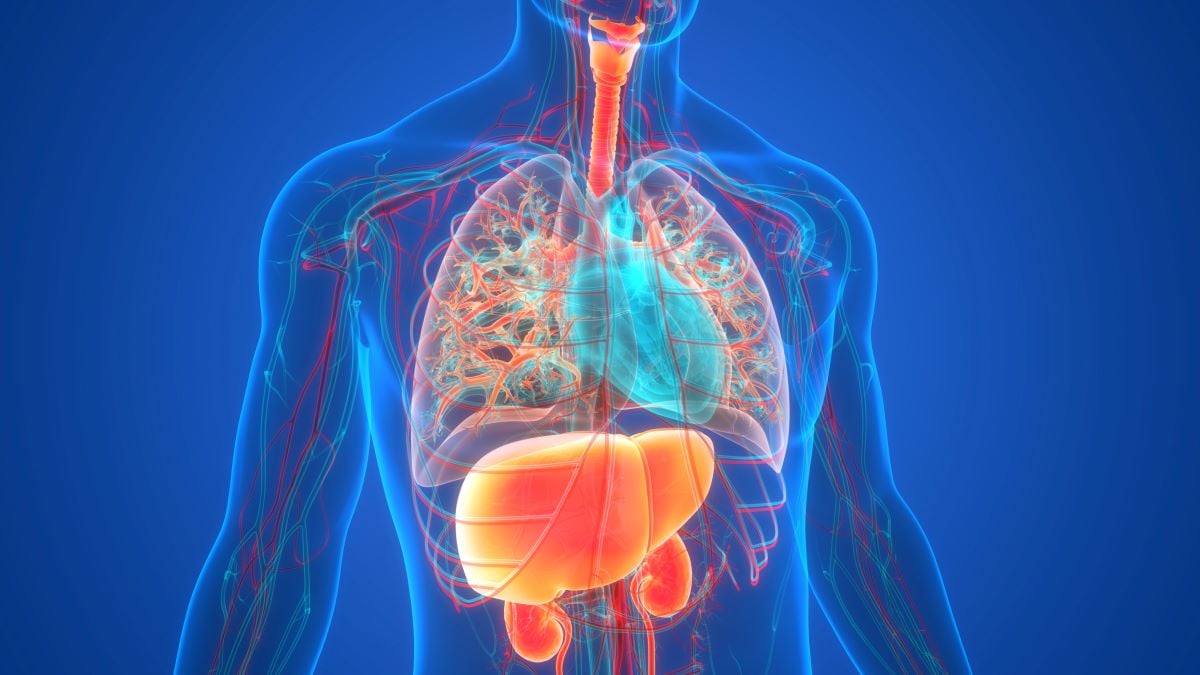
THURSDAY, Nov. 14, 2024 (HealthDay news) — Don’t think your doctor is always taking your health concerns seriously? You might be right. New research reveals that primary care physicians frequently won’t write down health issues raised by patients into their medical record for future reference. When a person initiates a discussion about a health issue… read on > read on >


















